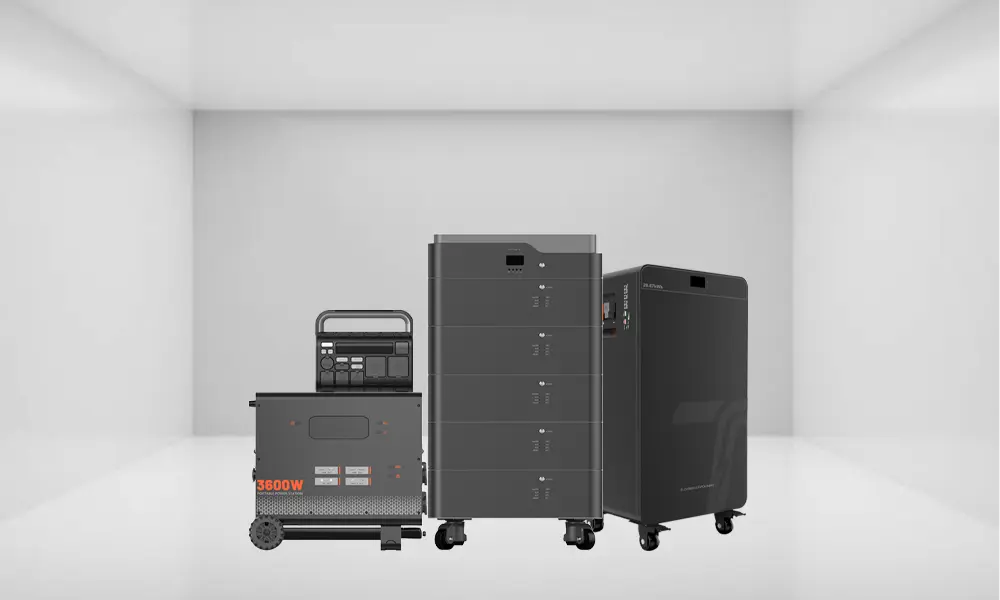Introduction
Portable power stations (PPS) have revolutionized energy accessibility for outdoor enthusiasts, homeowners, and emergency preparedness. With capacities ranging from 300Wh to 28.67kWh, selecting the right battery requires understanding capacity metrics, application scenarios, and technical specifications. This paper analyzes Tursan’s product portfolio to guide users in aligning battery capacity with practical needs.

Understanding Capacity: Watt-Hours (Wh) and Real-World Applications
Defining Capacity
Capacity, measured in watt-hours (Wh), determines how long a device can power appliances. For example:
- 600Wh = 600W device for 1 hour or 60W device for 10 hours.
Tursan’s Capacity Spectrum
| Product Line | Capacity Range | Key Models (Links) |
|---|---|---|
| Portable Power Stations | 300Wh–3,600Wh | YC600 (655Wh), Sheet Metal 3600Wh |
| Home Battery Backup | 2.61kWh–28.67kWh | 48V560Ah (28.67kWh) |
| Stacked Systems | 3kW–25kW | 25kW Stacked Battery |
Application Insights:
- Low Capacity (300–600Wh): Ideal for camping (phones, lights, mini-fridges).
- Mid Capacity (1,200–3,600Wh): Emergency backup for homes during outages.
- High Capacity (5kWh–25kWh+): Solar integration for off-grid living.
Matching Capacity to Application Needs
Outdoor Recreation
Use Cases: Camping, RV trips, photography.
Recommended Models:
- 300Wh–600Wh: Plastic 300W for lightweight portability.
- 1,200Wh–2,400Wh: Sheet Metal 1000W for powering CPAP machines or drones.

Data: A 600Wh station charges a smartphone (~10Wh) 60 times or runs a 50W mini-fridge for 12 hours.
Emergency Home Backup
Use Cases: Power outages, medical equipment.
Recommended Models:
- 5.22kWh–15.36kWh: 24V300Ah (7.68kWh) for refrigerators and lights.
- 17.92kWh–28.67kWh: 48V560Ah for whole-house backup.
Runtime Estimates for Common Appliances (7.68kWh Battery)
| Appliance | Power Draw (W) | Runtime (Hours) |
|---|---|---|
| Refrigerator | 150 | 51.2 |
| LED Lights (x10) | 60 | 128 |
| CPAP Machine | 30 | 256 |
Solar Integration & Off-Grid Living
Use Cases: Renewable energy storage, rural electrification.
Recommended Models:
- Stacked Systems (5kW–25kW): 25kW Stacked Battery for solar farms.
- All-in-One Solutions: 5kW Hybrid Inverter with battery compatibility.
Case Study: A 10kWh system can store excess solar energy to power a home overnight.
Technical Considerations Beyond Capacity
Battery Chemistry: LiFePO4 vs. Traditional Options
Tursan’s exclusive use of LiFePO4 (from BYD) ensures:
- Longevity: 4,000–6,000 cycles (vs. 500–1,000 for lead-acid).
- Safety: Non-combustible chemistry for home/outdoor use.

Design and Portability
- Plastic Models: Lightweight for mobility (300W Plastic).
- Sheet Metal Models: Durable for harsh environments (3600W Sheet Metal).
Customization and Scalability
Tursan offers:
- OEM/ODM Services: Custom designs delivered in 1 week.
- Scalability: Stacked batteries for incremental capacity upgrades.
Quality Assurance and Global Compliance
Tursan’s 5-stage QC process ensures reliability:
- Cell testing (voltage, capacity).
- Module assembly inspection.
- Environmental stress testing.
- Safety certification (UL, CE).
- Final performance validation.
Certifications: UL1973, IEC62619, UN38.3.
Economic and Environmental Impact
Cost-Benefit Analysis
| Battery Type | Upfront Cost | Lifespan (Years) | Cost per Cycle |
|---|---|---|---|
| LiFePO4 (Tursan) | $1,500 | 10 | $0.15 |
| Lead-Acid | $800 | 3 | $0.89 |
Sustainability
LiFePO4 batteries reduce e-waste and enable renewable energy adoption.
Conclusion
Selecting a portable power station requires balancing capacity, application needs, and technical specs. Tursan’s diversified portfolio—from 300Wh outdoor units to 28kWh home systems—provides scalable, certified solutions. By prioritizing LiFePO4 chemistry, rigorous QC, and customization, users can optimize energy resilience for any scenario.




